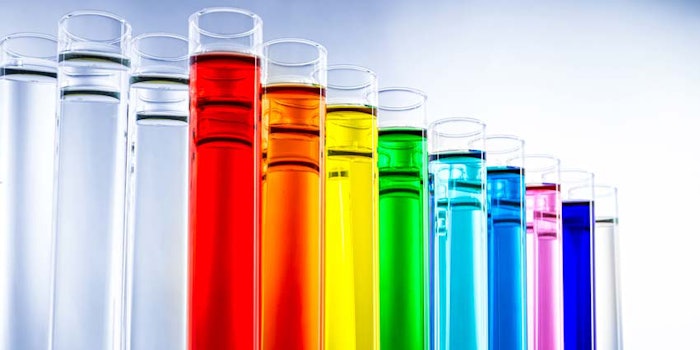
Of the colorants approved for cosmetic and personal care applications, synthetic organic pigments provide the most vibrant palette and often have economic advantages over the limited selection of natural colors permitted by various regulatory agencies.
Originally prepared from aromatic hydrocarbons derived from coal tar, petroleum distillates are the feedstock for modern organic pigments today. These must be batch certified in the U.S. by the Food and Drug Administration to ensure conformance with stringent specifications for unreacted intermediates and other trace contaminants that could pose a health risk to consumers. Additionally, growing concerns over petroleum resources and their associated environmental problems are motivating the development of sustainable processes for the production of colorants from renewable resources.
Researchers at the Korea Advanced Institute of Science and Technology (KAIST) recently published results of work optimizing microbial production of natural colorants from glucose or glycerol in Advanced Science. The researchers successfully created a full rainbow’s spectrum of colors composed of three carotenoids and four violacein derivatives.
Metabolic engineering techniques allow microorganisms to be transformed into cellular factories for these compounds and though microbial production methods have been used in the past to produce natural colorants, improvements by the team at KAIST have been made to increase yields and efficiency across the color spectrum. It is hoped that these learnings can be applied to a broader range of colorants for application in food, cosmetics and pharmaceuticals.
While there are enormous regulatory hurdles to approving new colorants for these applications, and there are questions of consumer acceptability for materials produced by genetically modified organisms (GMOs), this study represents progress in the search for naturally derived colors.
Related (from the archives): Biocatalyst for Change, Part I; The Potential for E. Coli to Color Cosmetics










